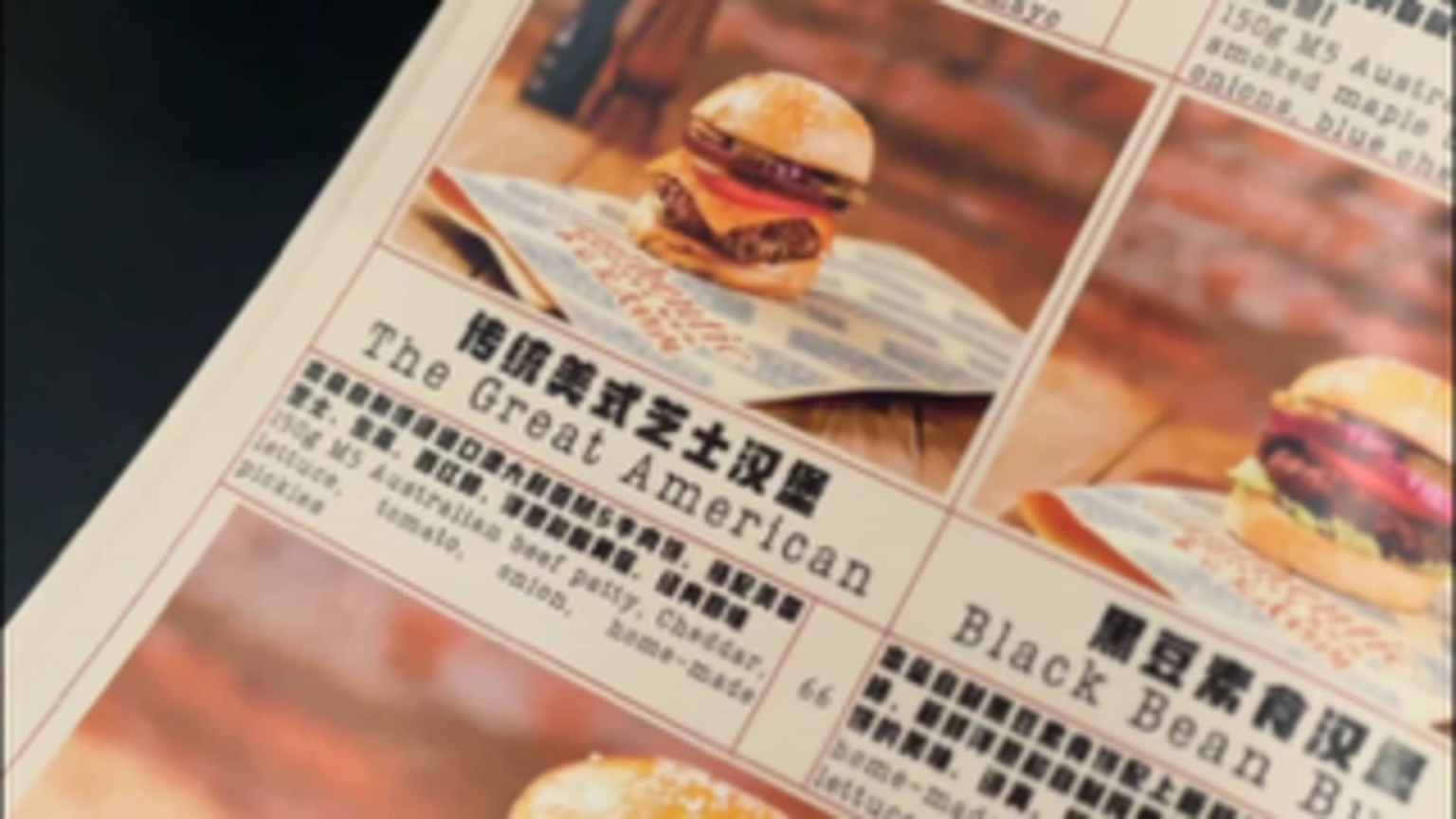The Ripple Effects of the U.S.-China Trade Dispute on Chinese Culinary Traditions
Rising Costs and Changing Menus in Beijing’s Food Scene
In a bustling Beijing eatery, chef Geng Xiaoyun recently faced a tough decision: whether to continue offering a traditional delicacy known as “phoenix talons,” or salt-baked chicken feet imported from the United States. Once a staple on his menu, these American chicken feet have become increasingly difficult to source due to escalating tariffs, which have surged by approximately 30% since March. As a result, Geng was compelled to remove this dish from his offerings, highlighting the tangible impact of international trade tensions on local gastronomy.
Geng expressed a preference for American chicken feet, describing them as “exceptionally tender and flavorful” due to their spongy texture. In contrast, Chinese-produced chicken feet, he claims, do not match the quality of their American counterparts. While he now sources chicken feet from Brazil and Russia, he admits that these alternatives do not fully replicate the taste and texture of the American product. Despite this, Geng keeps a small reserve of American chicken feet for personal use, hopeful that the trade environment will stabilize and allow him to reintroduce the American “phoenix talons” to his menu in the future.
Political Tensions Threatening Trade Agreements
The 90-day tariff suspension agreed upon by China and the United States in Geneva is now under threat, as both nations accuse each other of violating the terms of their agreement. The Chinese Ministry of Commerce responded to U.S. President Donald Trump’s recent claims that China had “completely breached” the pact, citing U.S. restrictions on the export of advanced artificial intelligence chips as actions that “seriously undermine” the spirit of the deal.
As diplomatic negotiations continue to falter, the repercussions are evident in Chinese markets. American agricultural imports, particularly beef, are gradually disappearing from Chinese supermarkets and restaurants, giving way to alternative sources. For instance, Beijing’s well-known restaurant, “Home Plate,” which traditionally features American-style barbecue, announced last month that it had ceased serving U.S. beef altogether.
Shifts in Meat Imports and Consumer Preferences
The “Great American” burger, once a popular menu item at “Home Plate,” is now made with Australian beef, which benefits from the China-Australia Free Trade Agreement. This agreement allows Australia to export beef to China duty-free, although China maintains protective tariffs that limit other imports. Liu Li, a veteran beef trader at the Sanyuanli market, notes that tariffs have caused U.S. beef prices to spike by nearly 50% compared to pre-tariff levels, making it less competitive in the Chinese market.
Liu laments the loss of U.S. beef, describing it as “more marbled and flavorful,” and attributes the rising costs to the ongoing trade conflict. “It’s unfortunate that the trade war has disrupted supply chains,” he says, “and consumers are feeling the pinch at the checkout counter.”
Broader Implications for Global Food Trade
The trade dispute between the U.S. and China extends beyond just beef and chicken feet, affecting a wide array of agricultural products. As tariffs and export restrictions persist, Chinese importers and consumers are increasingly turning to alternative sources, reshaping the landscape of international food trade. The situation underscores how geopolitical conflicts can ripple through local markets, influencing everything from restaurant menus to grocery store shelves.
Conclusion: Navigating a Complex Trade Environment
The ongoing U.S.-China trade tensions continue to cast a shadow over the global food industry, with tangible effects on traditional dishes and consumer choices in China. While some businesses adapt by sourcing from alternative countries, the uncertainty remains high. As diplomatic negotiations unfold, the hope is that a resolution will restore stability, allowing for the reintroduction of American products and the preservation of culinary diversity. Meanwhile, consumers and restaurateurs alike are adjusting to a new reality shaped by geopolitical strife, illustrating the profound interconnectedness of international trade and everyday life.

